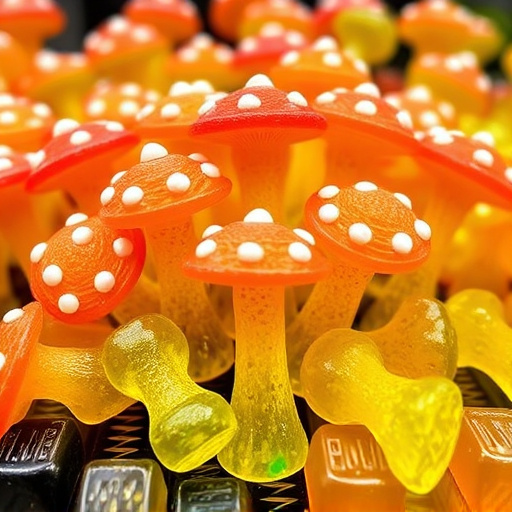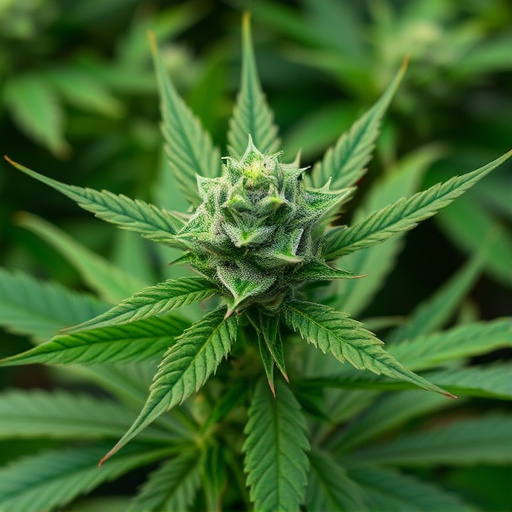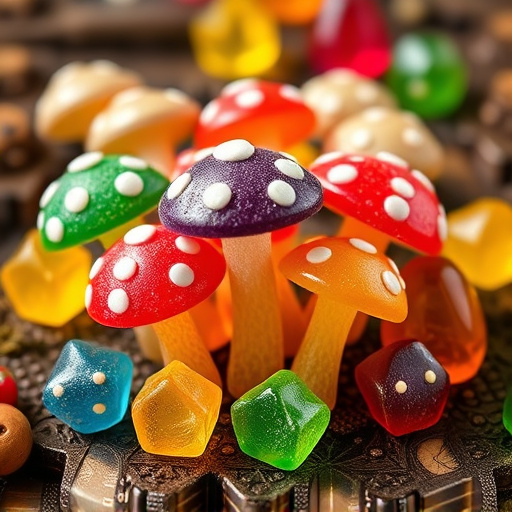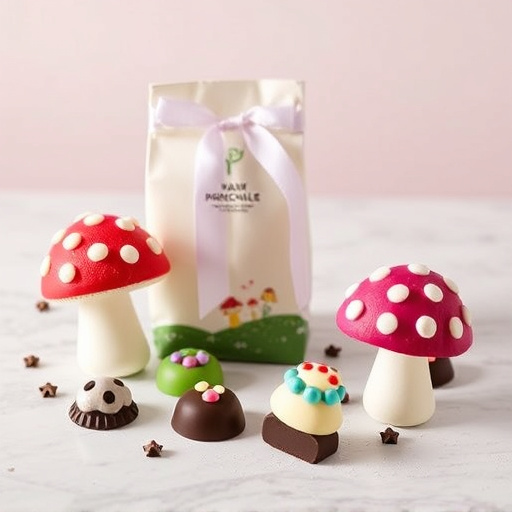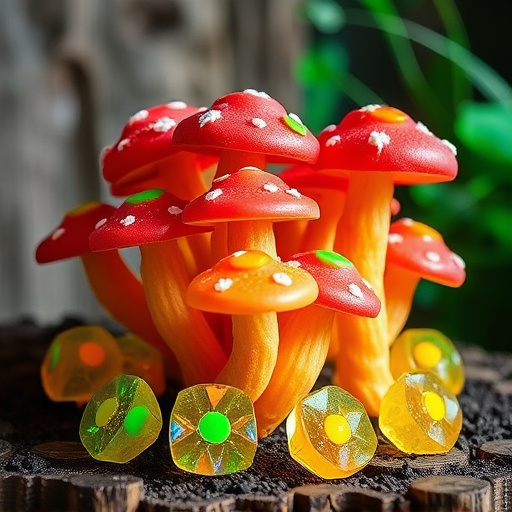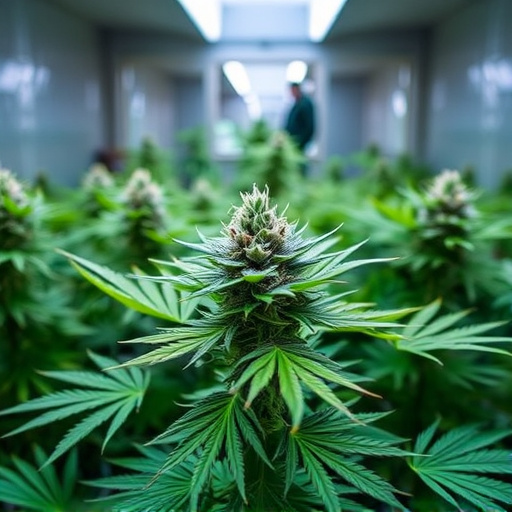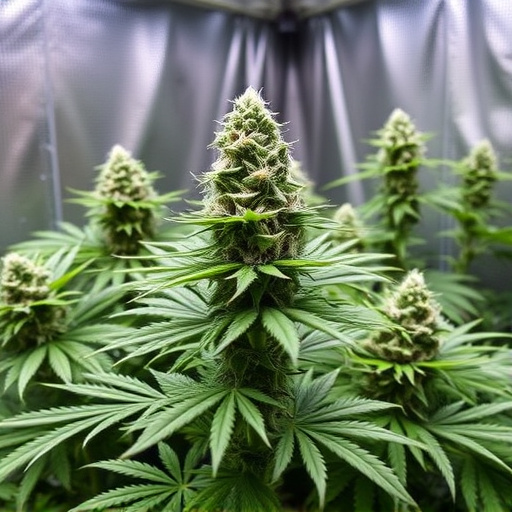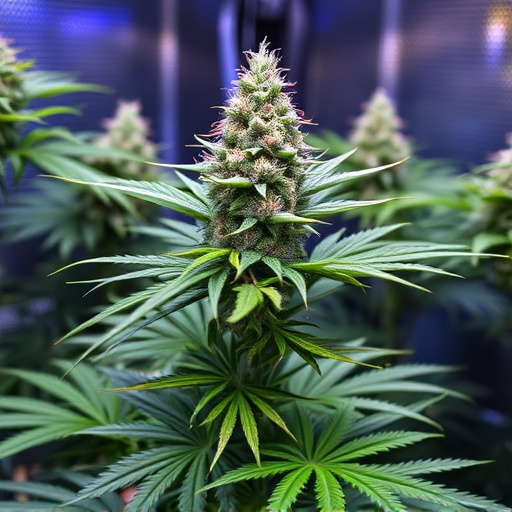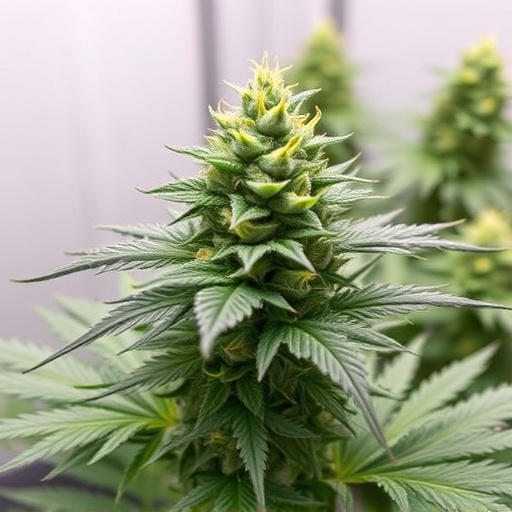Every person's reaction to cannabis is unique due to genetic variations in the endocannabinoid system, leading to differing tolerances and sensitivities even with similar strains. Environmental factors like light, temperature, humidity, and CO2 levels also significantly impact the quality and effects of indoor-grown cannabis. Consumption methods like edibles offer distinct experiences based on absorption rates. The ideal "best indoor cannabis strains" vary greatly among individuals due to personal history, biology, and subjective perceptions, with user preferences playing a crucial role in outcomes. Tailoring cannabis use to individual needs and understanding unique responses are essential.
Weed’s impact on individuals is a complex, often misunderstood phenomenon. Why does it evoke such diverse reactions? This article explores the multifaceted factors behind this variability, delving into genetic predispositions and individual chemical profiles, environmental influences, and subjective user experiences. Understanding these elements is key to unlocking the true potential of cannabis, especially when seeking optimal indoor growing outcomes for specific desired effects, like the best indoor cannabis strains known for their relaxing or invigorating properties.
- Genetic Factors and Individual Chemistry: Unlocking the Variability
- Environmental Influence: The Role of Growth Conditions and Consumption Methods
- User Preferences and Subjective Experiences: Shaping Perceptions of Different Effects
Genetic Factors and Individual Chemistry: Unlocking the Variability
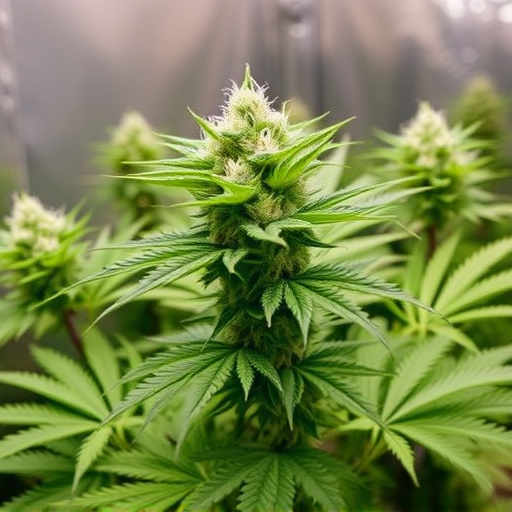
Every individual’s response to cannabis, or “weed,” is unique due to genetic factors and individual chemical compositions. Our bodies produce endocannabinoids, natural compounds that interact with the cannabinoids found in cannabis plants. This interaction influences how we perceive and react to the drug. Genetic variations can alter the activity of enzymes responsible for producing and breaking down endocannabinoids, leading to diverse effects.
For instance, some people may have a higher tolerance due to specific gene variants, while others might experience enhanced sensitivity. These genetic factors play a significant role in why certain strains, like the best indoor cannabis strains known for their high THC or CBD content, can produce vastly different outcomes. Understanding these genetic influences is crucial in navigating the complex world of cannabis and its effects on each person.
Environmental Influence: The Role of Growth Conditions and Consumption Methods
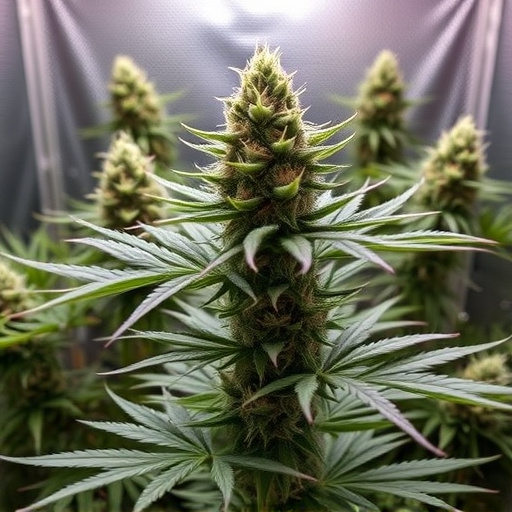
The environmental conditions under which cannabis plants are grown can significantly impact their final effects on consumers. Factors like light intensity, temperature, humidity, and soil composition all play a role in shaping the plant’s chemical profile. For instance, higher levels of carbon dioxide (CO2) during growth can boost cannabinoid production, potentially intensifying the effects when consumed.
Different consumption methods also contribute to the varying experiences. Edibles, for example, deliver THC through the digestive system, leading to slower onset but longer-lasting effects compared to smoking or vaping. This method allows for a more subtle and nuanced high, making it appealing to those seeking specific therapeutic benefits. When considering the best indoor cannabis strains, understanding these environmental influences and consumption methods is key to predicting and personalizing one’s experience.
User Preferences and Subjective Experiences: Shaping Perceptions of Different Effects
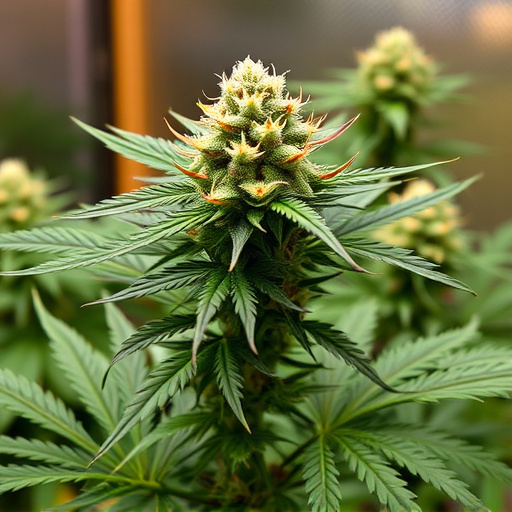
The way cannabis, or “weed,” affects individuals is a complex interplay between biology, personal history, and environmental factors. User preferences and subjective experiences play a significant role in shaping perceptions of different effects. What one person finds relaxing might be energizing for another, making it challenging to generalize the impact of any particular strain. This subjectivity is partly due to variations in the endocannabinoid system—the body’s natural system that interacts with cannabis compounds—across individuals.
Additionally, personal expectations and surroundings can intensify or alter perceived effects. For instance, trying a popular indoor cannabis strain known for its relaxing properties in a stressful environment might lead to a different experience than doing the same in a calm setting. The “best” indoor cannabis strains for one person, therefore, may not produce the same results for another, emphasizing the importance of individual tailoring and understanding one’s unique response to these compounds.
The unique way that cannabis affects individuals is a complex interplay between genetic factors, environmental influences, and personal preferences. Understanding these variables is key to unlocking the true potential of both the plant itself and the diverse experiences it can offer. When considering the best indoor cannabis strains for specific effects, recognizing that individual responses vary greatly is essential. By exploring genetic predispositions, optimizing growing conditions, and embracing subjective experiences, cannabis enthusiasts can navigate this fascinating plant’s complexities and enjoy tailored, meaningful encounters with their chosen strains.
